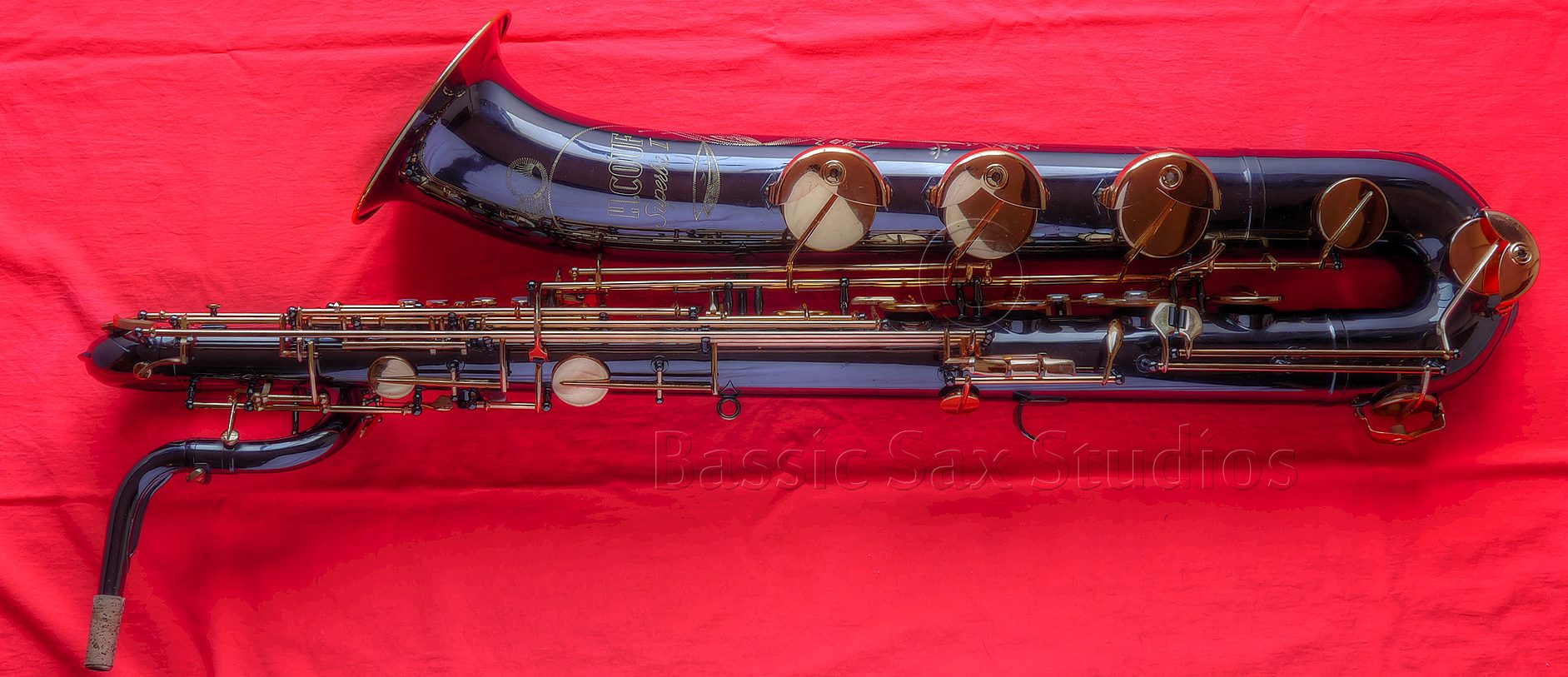It took a bit of time, but I was finally able to track down a few German kazoos for this website. These are all different, and represent a variety of eras.

A seller on eBay was selling this sax-shaped tin toy in the summer of 2014. There’s no word on how old this tin toy is, so I’m hesitant to call it vintage.
There is no D.R.G.M. stamping on it, which would indicate that the manufacturer copyrighted the design prior to 1952. This would indicate that this little German kazoo was either not copyrighted, or manufactured after 1952.

This sax-shaped “thing” is in very good condition, and was described by the seller as being 6 1/2″ long.

This German kazoo doesn’t look to me as much like the Japanese kazoos we regularly see, as it does the Argentinian-made Saxo.

Unfortunately there is nothing on this German kazoo to indicate when it was made, or by whom. Although the seller claimed it was a “vintage musical tin toy”, he/she provided nothing to substantiate the claim. This sax-shaped tin sax may well be vintage (pre 1980), but without knowing who the manufacturer was, that would be hard to prove.
As noted above, the D.R.G.M. stamp that we traditionally see to indicate copyright on German products manufactured between 1891-1952, is not present on this German kazoo.
German kazoo from the US Zone
I’m not sure exactly when anymore, but over the last few years this curiosity popped up on eBay. This German kazoo is stamped: Made in US Zone Germany.

According to the website fabtintoys:
Toys marked with a “Made in US Zone Germany” text or “Made in Occupied Japan” range in date from about 1945 until 1952…
Ges Gesh kazoo
Unlike the previous two German-made kazoos, this one is clearly stamped Ges Ges. This would indicate that that the manufacturer copyrighted the design prior to 1952.

The seller notes that the kazoo is 9″ long, but that the paper is ripped. Sadly, this little guy no longer makes noise. It also looks to me like perhaps there is something missing around the bell lip?
What is a kazoo?
With so many metal sax-shaped “things” available in the collector and vintage toy market, what makes a kazoo a kazoo? How is a kazoo different from another vintage metal sax-shaped toy? It all comes down to a membrane.
Scientific American offers up the following information regarding kazoos:
A kazoo is a very simple musical instrument, made up of a hollow pipe with a hole in it. The hole is covered by a membrane that vibrates, resulting in a buzzing sound when people sing, speak or hum into the pipe. People have been making and playing kazoos for years. The first kazoos were made from hollowed out bones, with spider egg sacs used for the vibrating membrane!
Although a kazoo looks and feels more like a flute or clarinet, it’s actually most closely related to a drum. As the player sings, speaks or hums into the open end, their vocal cords create sound waves that travel through the instrument. As they travel through the tube, some of the sound waves bounce off the walls of the instrument. This change in direction can add harmonics to the sound of the player’s voice (depending on the material of the tube); however, most of the sound waves strike the membrane, causing it to vibrate. This vibration adds resonance or harmonics to the sound and creates the characteristic buzzing that we associate with the kazoo.
Source: Can You Kazoo? A buzzworthy science activity. By Megan Arnett on June 30, 2016















You must be logged in to post a comment.